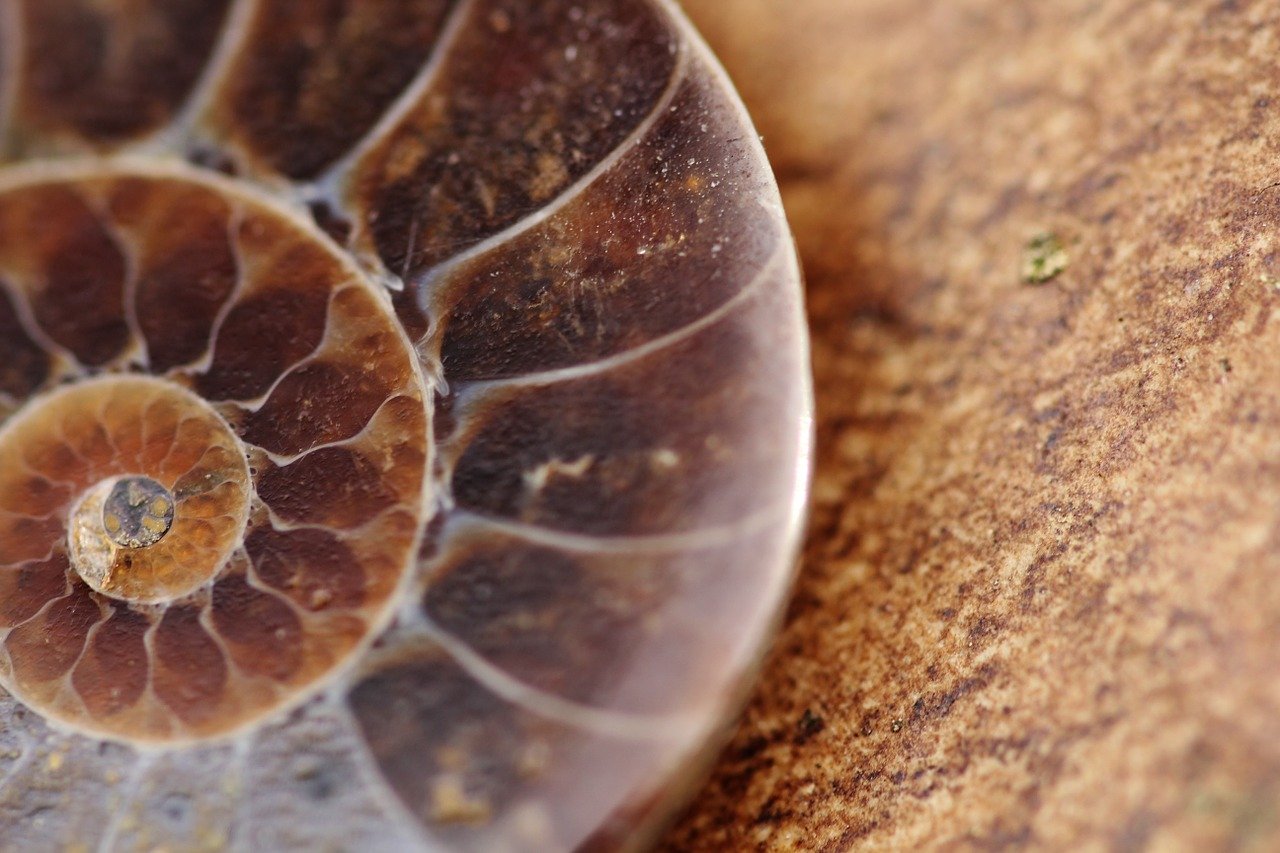Giant ichthyosaur fossil found in Rutland reservoir
A gigantic ichthyosaur fossil has been found in the Midlands. During the routine draining of a lagoon at the Rutland Water reservoir in February last year, conservation team leader Joe Davis found the approximately 180-million-year-old fossil of a ‘sea dragon’, measuring around 10m in length and with a skull weighing approximately one tonne – the first of its species to be found in the UK. Due to its size and completeness, the fossil has been described as “one of the greatest finds in British palaeontological history”.
Davis described the discovery: “I looked down at what seemed like stones or ridges in the mud and I said this looks a bit organic, a bit different. Then we saw something that looked almost like a jawbone.” He spoke to the local council, who called in a team of palaeontologists for a closer look – they swiftly confirmed what the fossil was, and got to work preparing to excavate the find. Davis has since described himself as “very chuffed”, adding: “A lot of people spend their careers
looking for something like this… I just feel very blessed. My kids have now named me Joe-rassic!”
The first ichthyosaur fossil was discovered by the famous Mary Anning in Lyme Regis in 1811
What exactly was the ichthyosaur? It was a type of warm-blooded, air-breathing sea predator not unlike a dolphin in shape. They first appeared around 250 million years ago and went extinct about 90 million years ago. They are known colloquially as ‘sea dragons’, because they tended to have very large teeth and eyes, and could vary in size from 1-25m. The first ichthyosaur fossil was discovered by the famous Mary Anning in Lyme Regis in 1811, but the size and the state of the
Rutland find is unprecedented. It even dwarves the two incomplete, much smaller ichthyosaurs discovered during the construction of Rutland Water in the 1970s.
“The Rutland ichthyosaur is the largest skeleton ever found in the UK.” – Dr Dean Lomax
Dr Dean Lomax, a palaeontologist who has studied the species, explained why the find is so important: “Despite the many ichthyosaur fossils found in Britain, it is remarkable to think that the Rutland ichthyosaur is the largest skeleton ever found in the UK. It is a truly unprecedented discovery and one of the greatest finds in British palaeontological history.” Lomax was
among the team that dug the skeleton out in August and September last year, after leading a mini-team in February who was “blown away” to discover “a practically complete skeleton”.
With the find came the need to dig it up, but that came with a number of challenges, both man-made and natural. The area is also a bird sanctuary, meaning the team had to shovel bird poo out of the way through the dig. They also closed nearby bird-watching hides as a precaution to maintain a veil of secrecy, because finds of this calibre bring the possibility of trophy hunters or raiders. Then, it was a matter of actually removing the fossil from the ground.
Nigel Larkin, a conservator, explained the difficulty: “The bones were the consistency of biscuit. You couldn’t pick one up and hand it around, it’s too fragile, especially with some of the bones being so large. Had they been completely fossilised and turned to stone, it would have made it harder to dig out but it would have given the individual pieces structural integrity.
These were in Jurassic clay which started quite wet but baked hard in the sun. It fractures quite easily and if the clay cracked, so might the bones.” The skeleton was exhaustively recorded in a number of ways, including 3D scans, and then the decision was made to lift the bones in large sections, protected by layers of plaster. This proved a due to cold weather conditions, but
eventually, the task was accomplished, and the skeleton was taken to an industrial unit in Shropshire.
Preliminary analysis already turned up some points of interest. A rear fin was preserved but facing the wrong way –coupled with a kink in the spine alongside, it suggests the animal may have been scavenged. But there is still work to be done, both by the scientists and funding bodies, seeking money and a place to display and protect the reptile so it can remain in the area. Dr Mark Evans, of the British Antarctic Survey, stresses that “it’s a highly significant discovery both nationally and internationally” – unpicking its importance on a scientific and heritage front will now take priority, although the magnitude of the discovery has ignited hopes that there will be even more to come.


Comments